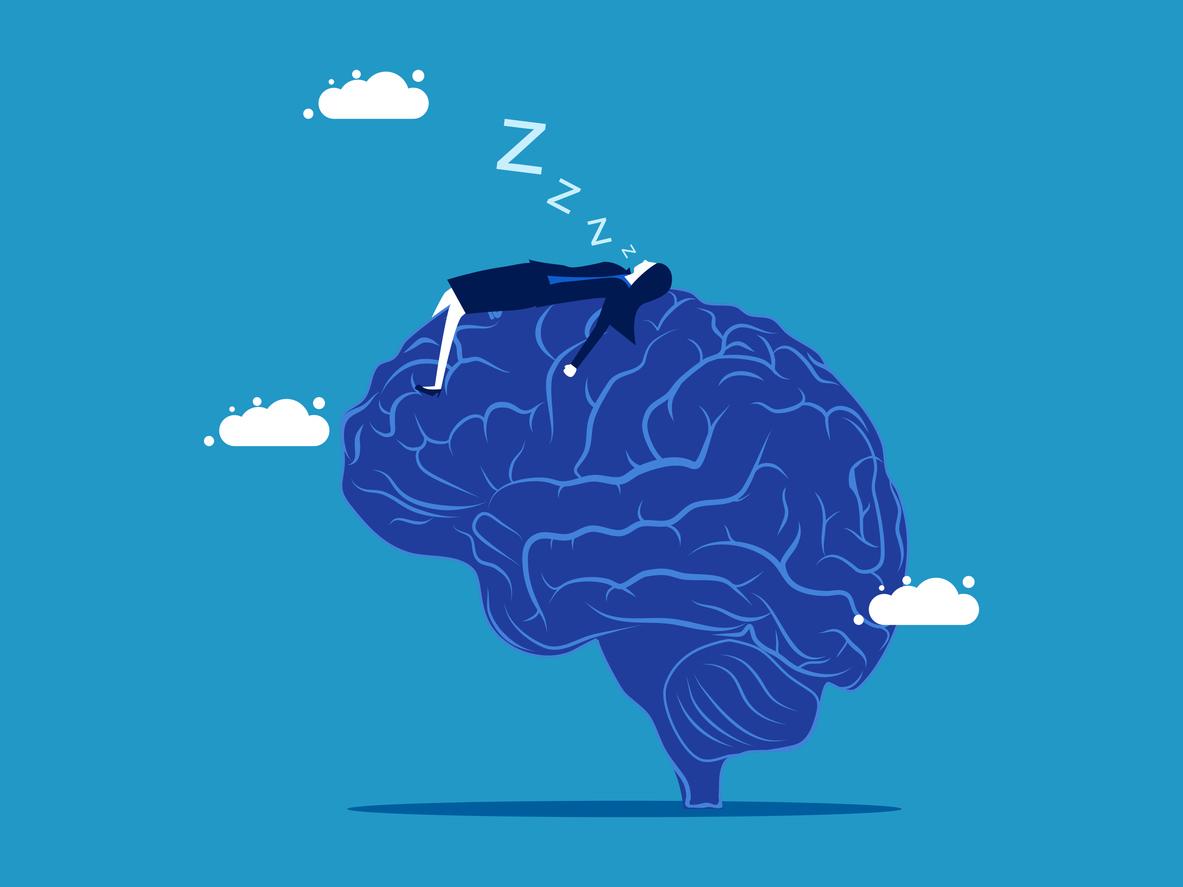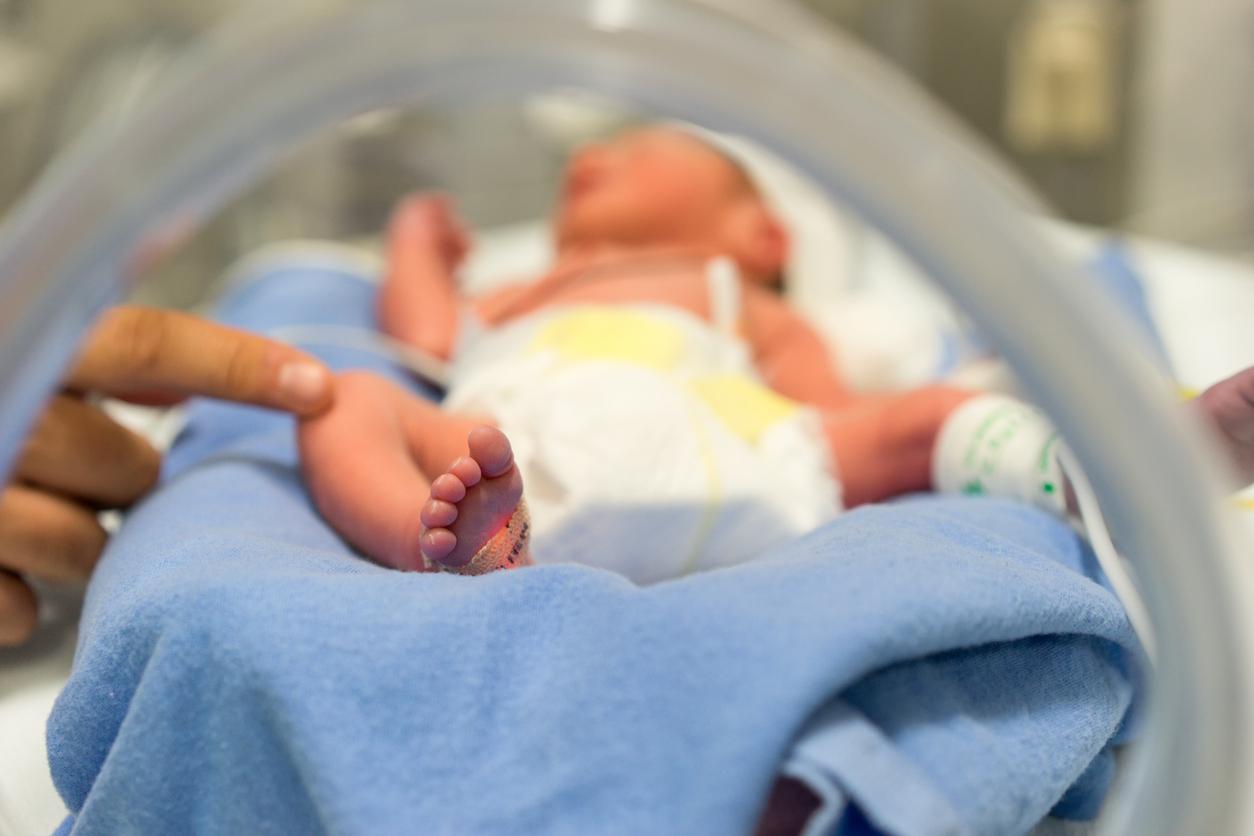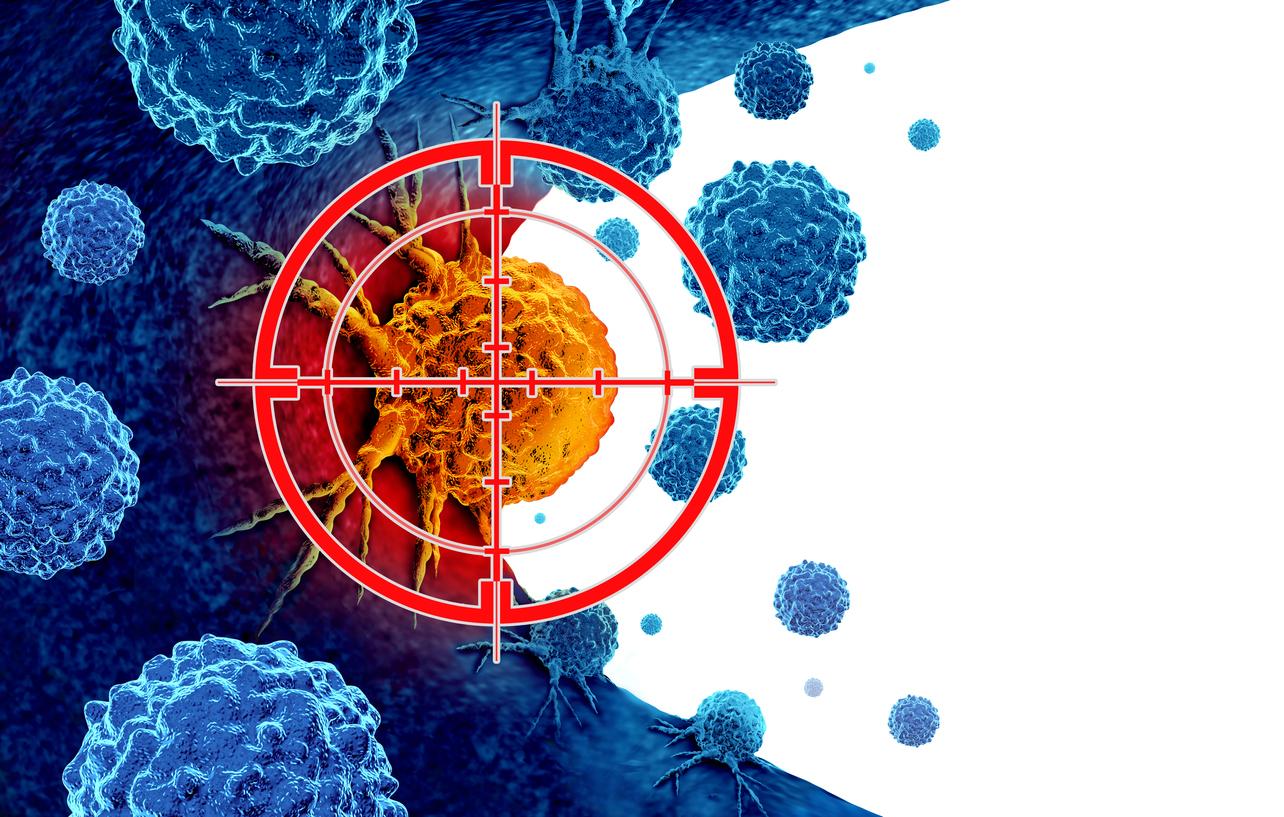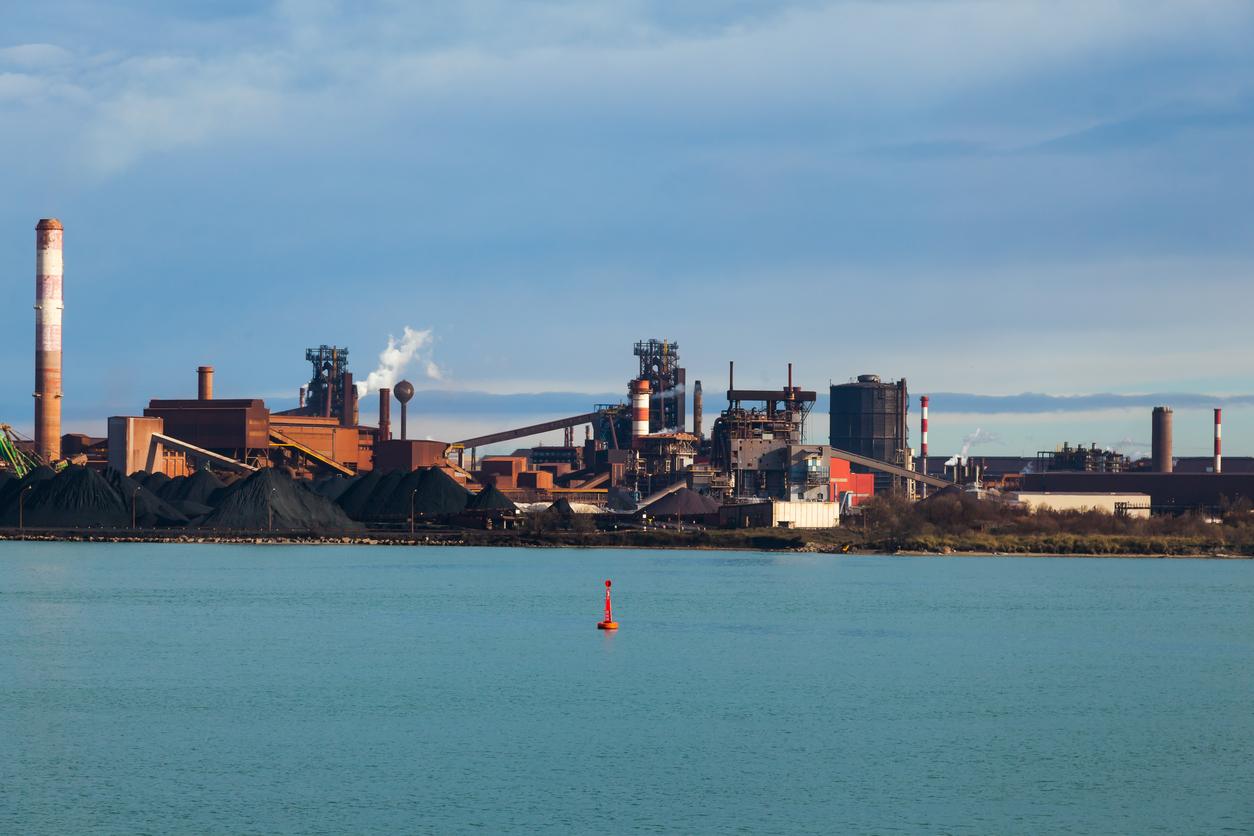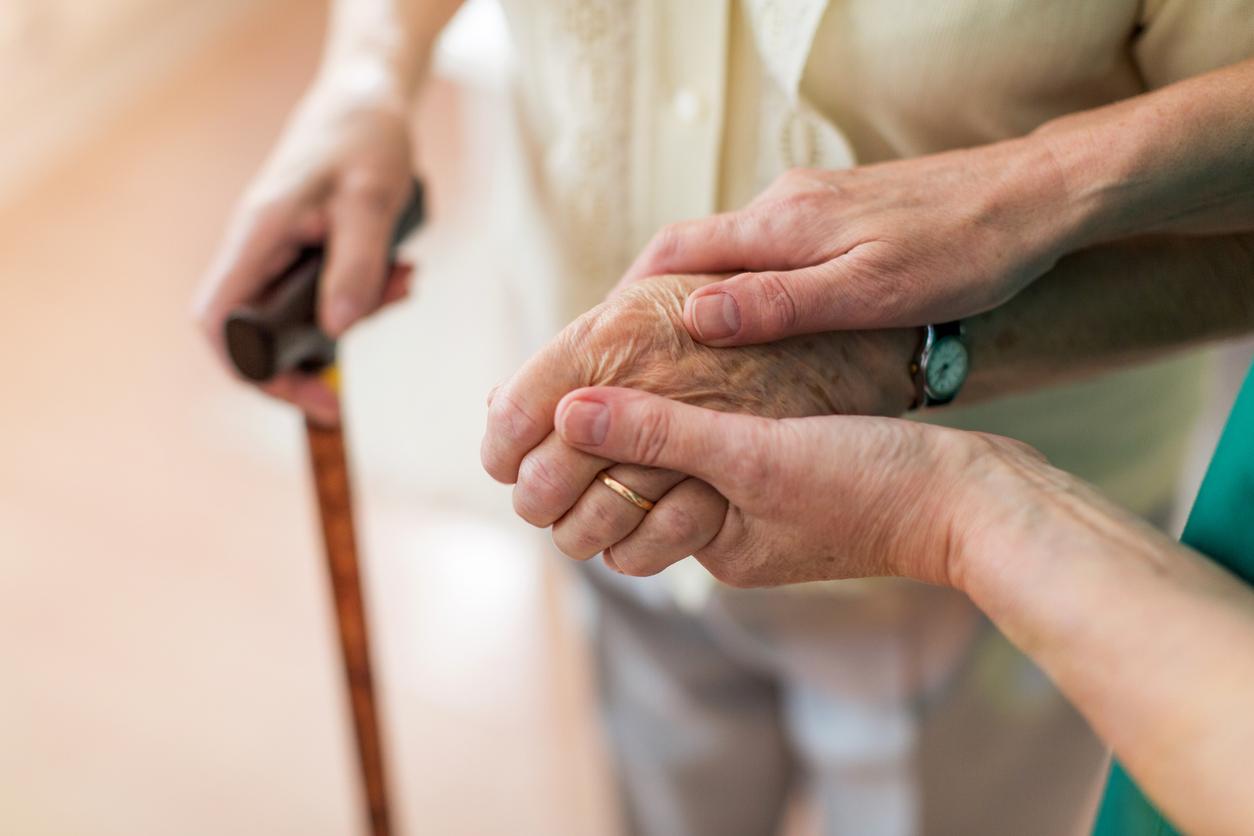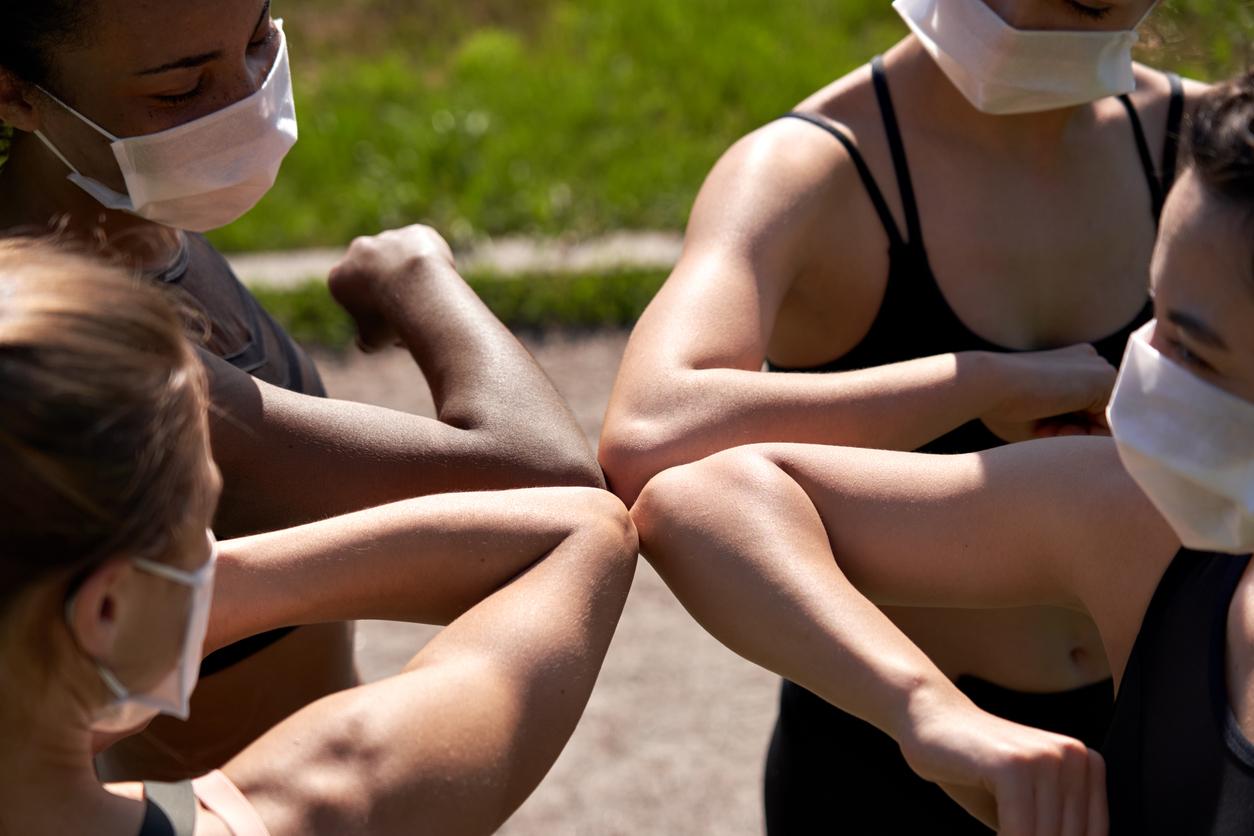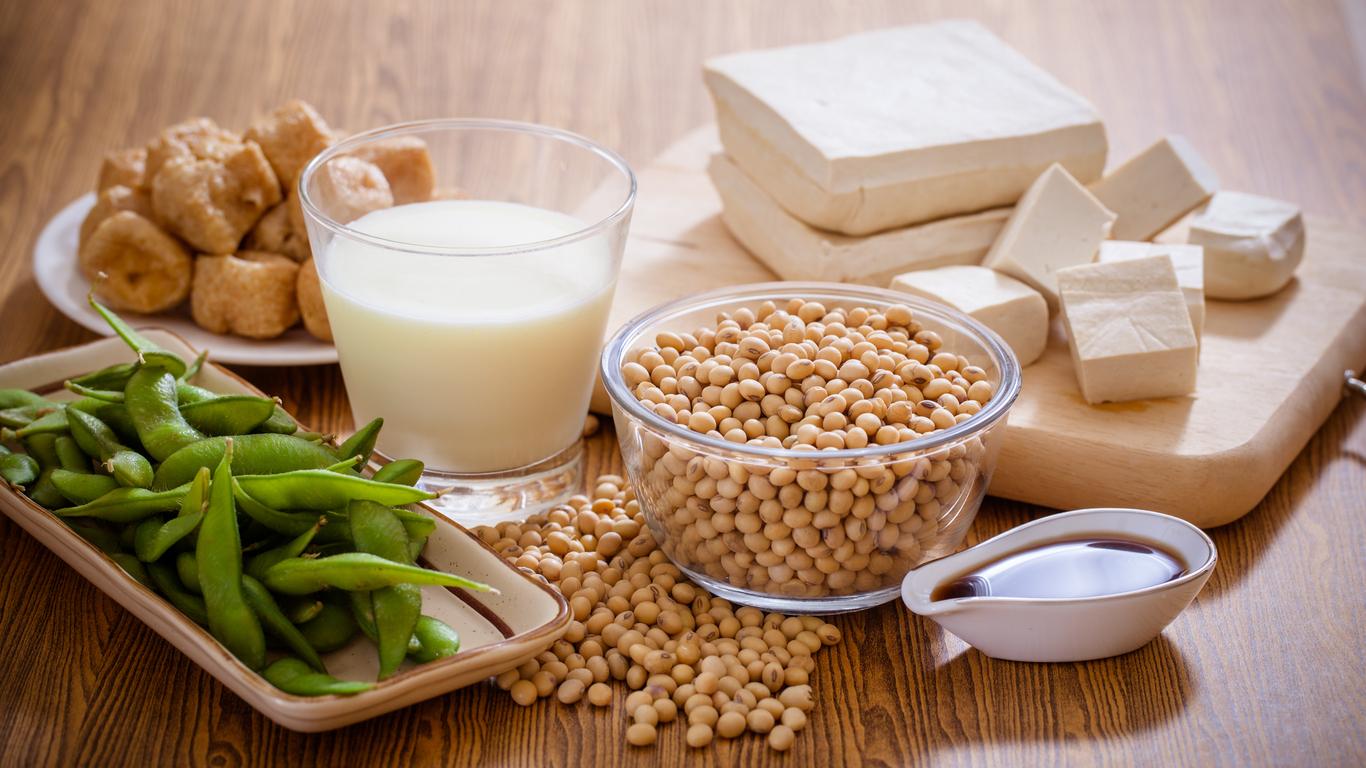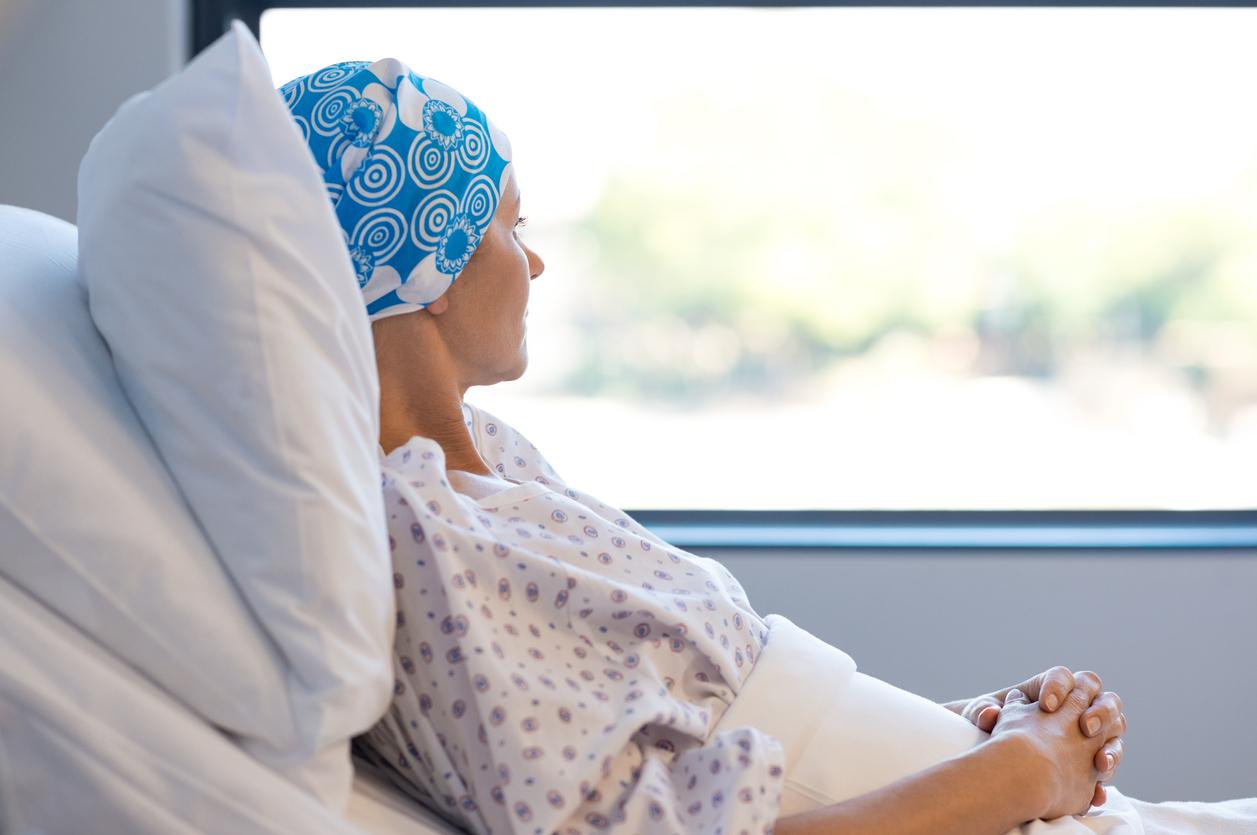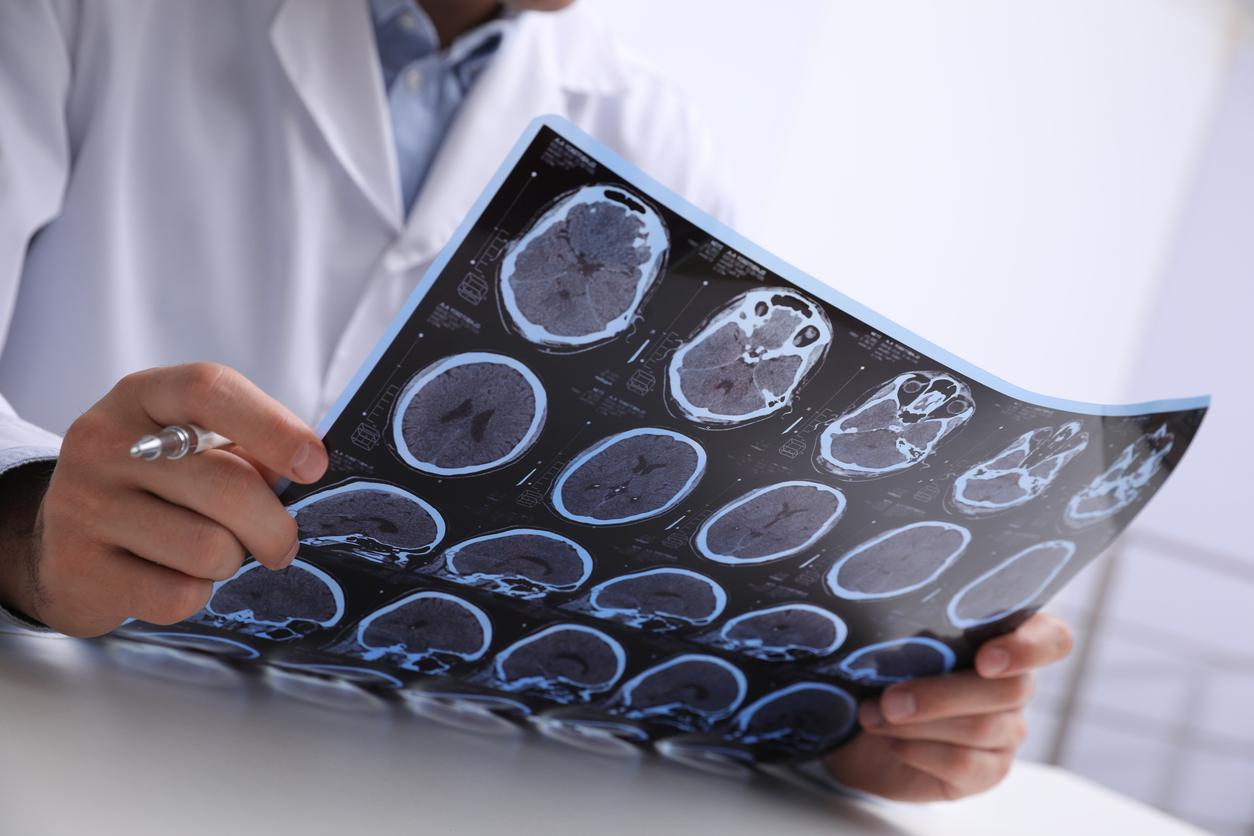Cancers are rare in adolescents. But their management must be specific. Because the disease and the treatments do not help, on the contrary, this already particularly difficult period.

Adolescence would not be adolescence without its crisis. But what happens when the young person suffers from a serious pathology such as cancer? As World Cancer Day is being held this Wednesday, the Institut Curie in Paris is highlighting a very recent pilot experiment targeting this age group. The cancer center has been welcoming an association of young patients every week since the beginning of October 2014 to give voice to adolescents and young adults and promote their discussions.
Pizza party
Every Tuesday evening, between 7:30 p.m. and 9 p.m., around pizzas, the pediatric, adolescent and young adult oncology department of the Institut Curie welcomes this discussion group. “Two members of the association are present. Usually a boy and a girl, ”says Anne-Sophie Robineau, president of the association. “We talk about the disease but especially its side, not always funny, not always sexy,” adds this young woman of 27 years who had Ewing’s sarcoma on the ribs.
In the midst of puberty and changes in the body, adolescents have a harder time dealing with physical damage such as hair loss associated with treatment. It is also difficult for them to be confronted with the possibility of their own death, as well as the relapse or death of young patients around them. Finally, it is painful to be bedridden and dependent on parents at a stage in their life when they want to take flight.
3rd cause of death
Each year, 2,500 new cases of cancer are diagnosed in those under the age of 19, with an estimated 800 new cases in adolescents between the ages of 15 and 19. Although rare, these cancers are the third leading cause of death among 15-19 year olds.
The most common types of cancer in 15-19 year olds are blood cancers. They constitute 34% of cases, primarily with Hodgkin lymphomas and acute leukemias. Then come all the solid tumors, involving the thyroid, ovaries and testes, bones and the central nervous system (CNS). “Some are pediatric cancers and others rather diseases of the adult”, indicates to why actor Dr Dominique Valteau-Couanet, head of the Child and Adolescent Cancer Department at the Gustave Roussy Institute (IGR) in Villejuif (Val-de-Marne).
Worst prognosis
Certain cancers, such as acute leukemia or tumors of the bone and CNS, are “worse prognosis” when they occur in adolescents than when they affect children, with “a survival that can be up to less than 5 years ”, specifies Jérôme Viguier, director of the“ public health and care ”pole at the National Cancer Institute (INCa).
But Dr Viguier is optimistic. The overall 5-year survival of adolescents aged 15 to 19 has improved over 20 years, going from 62% in the early 1980s to 82% in the early 2000s. “We know better and better how to treat them”, adds the specialist. “Before, we only talked about pediatric cancer and adult cancer. But over the past 10 years, there has been a desire to identify adolescent and young adult cancers. And the third cancer plan 2014-19 wants to go further in this structuring, ”he adds.
Adapted protocols
This progress notably involves adapting treatment protocols to the specific characteristics of adolescents. “Pediatric oncologists and adult medical oncologists share their experience to deliver the best results with the least possible sequelae. They also have the long-term consequences in mind, ”explains Dr Valteau-Couanet. Preserving the fertility of these adolescents who are going through puberty is one of the concerns for physicians.
Listen to Dr Dominique Valteau-Couanet, head of the “oncology of children and adolescents” department at IGR: “ Adult protocols today as in lymphoma … “
Mobile teams
Currently, adolescents with cancer are treated either in pediatric departments or in adult units. They find themselves either among the youngest or among the oldest. At a pivotal stage in their life. But some centers have set up units dedicated solely to the care of adolescents and young adults. This is particularly the case of the IGR, as well as of the Institut Curie, which in April 2013 opened a hospital unit dedicated to 15-25 year olds.
INCa has supported the experimentation for more than three years of specific fixed units, but also of mobile teams intervening in support in pediatric departments or adult oncology units. And the INCA is currently evaluating the results of this experiment before issuing recommendations to change the care.
For Dominique Valteau-Couanet, specific support must also be offered to adolescents. The disease does not suppress the adolescent crisis. On the contrary, it can accentuate it. Hence the necessary intervention of non-medical professionals such as psychologists, specialized educators, vocational guidance experts who will provide sick adolescents with appropriate support. With the goal that young patients follow their treatment well.
Listen to Dr Dominique Valteau-Couanet : ” We have an educator specializing in our service … “
.



